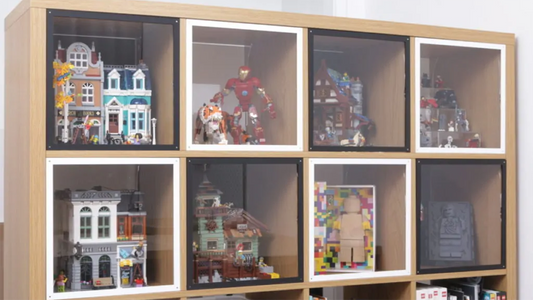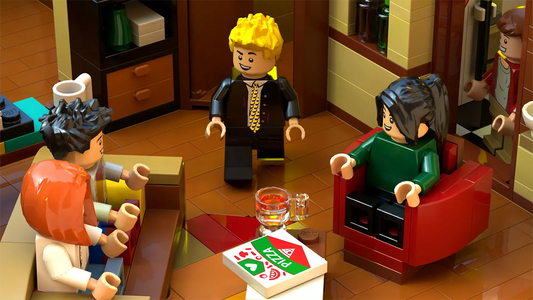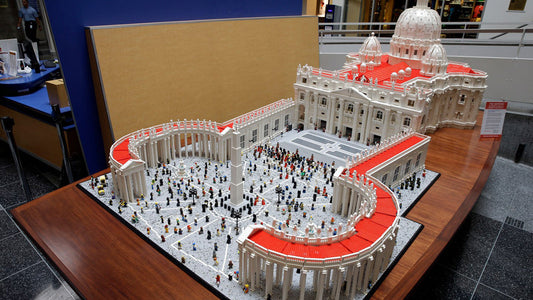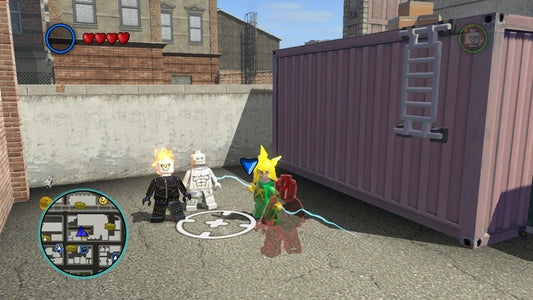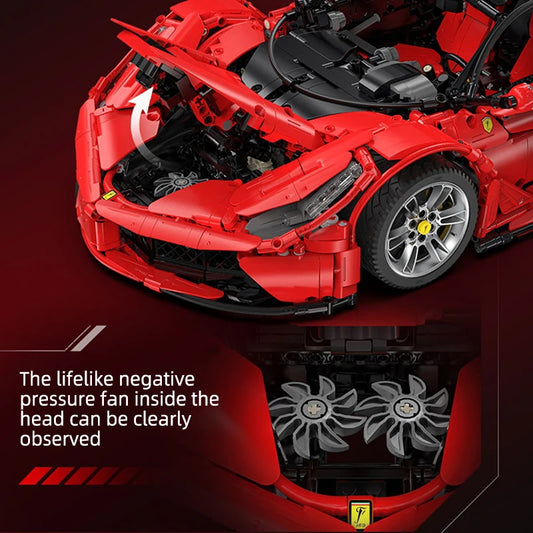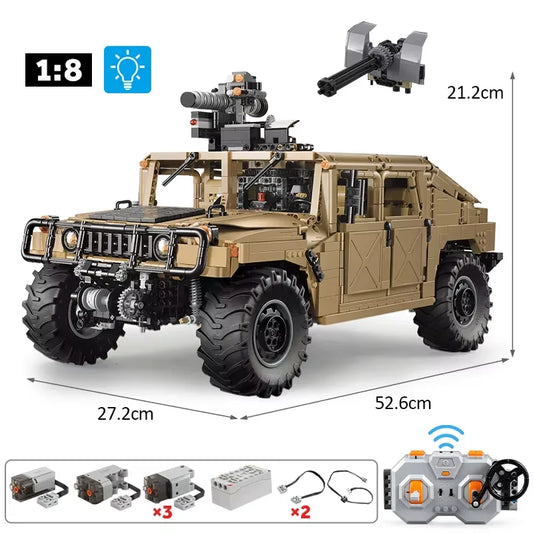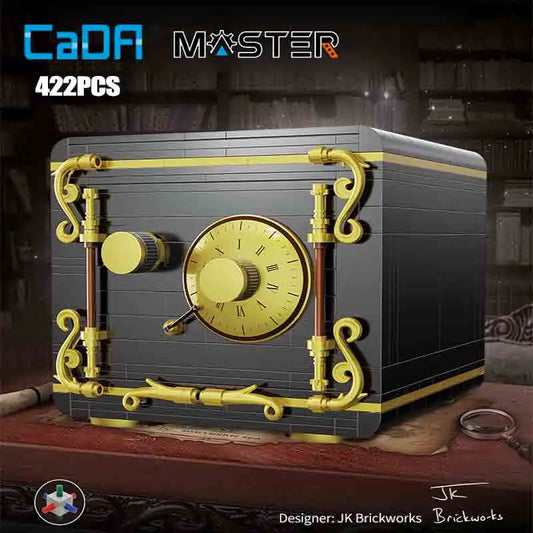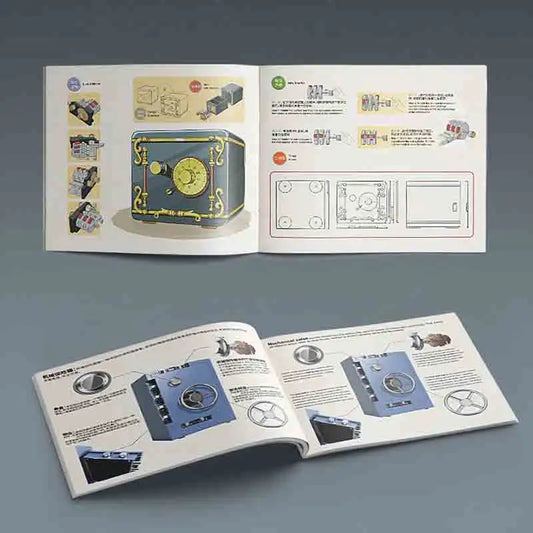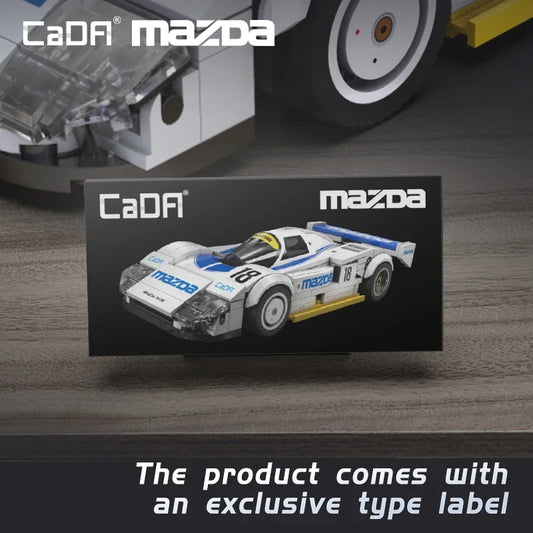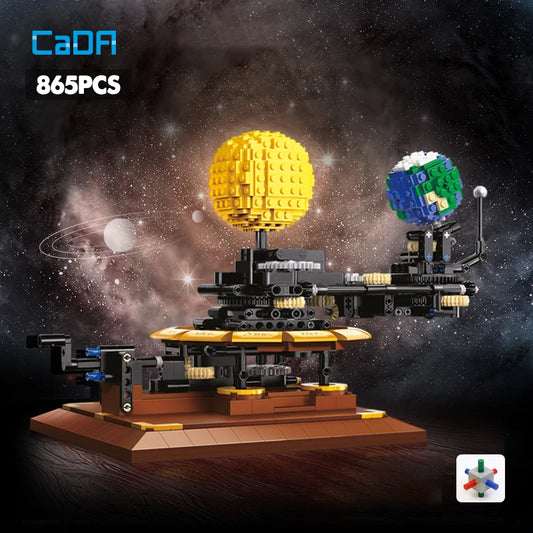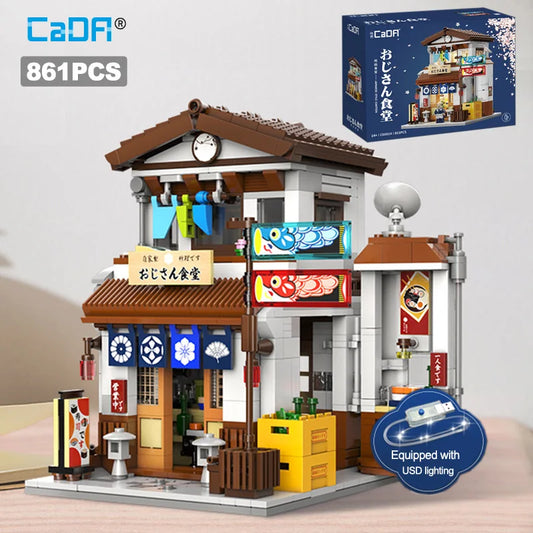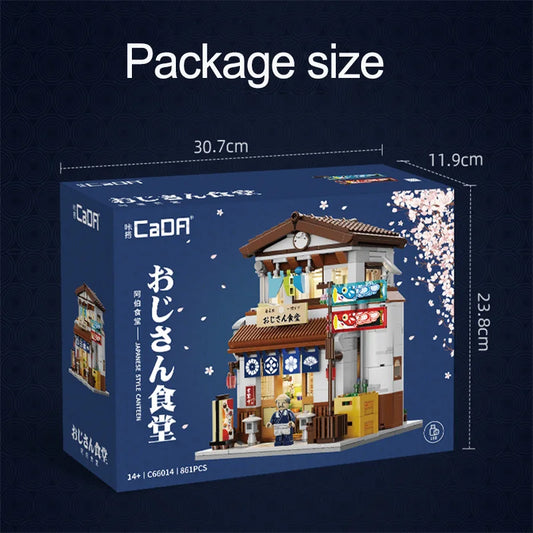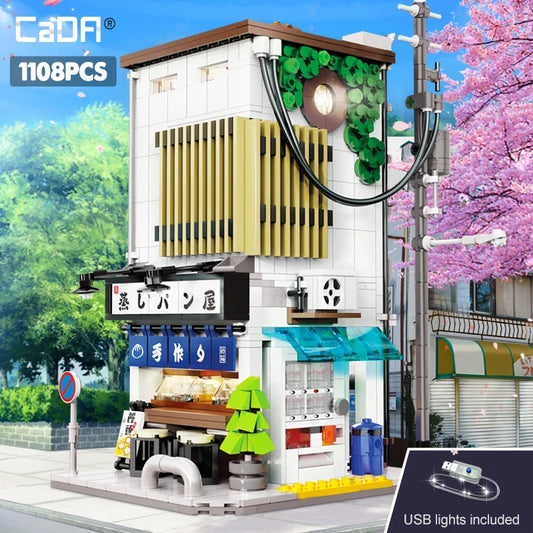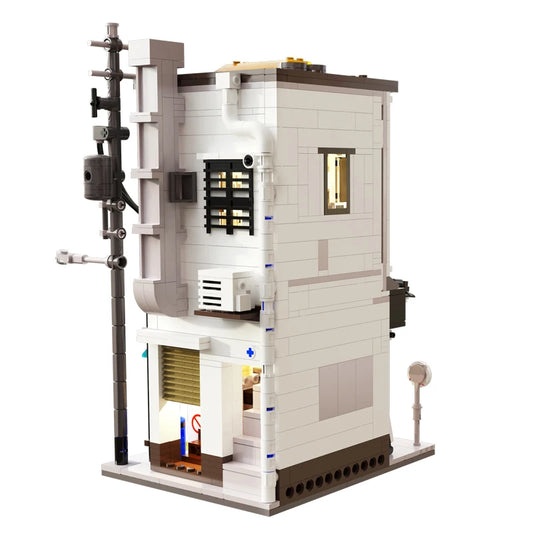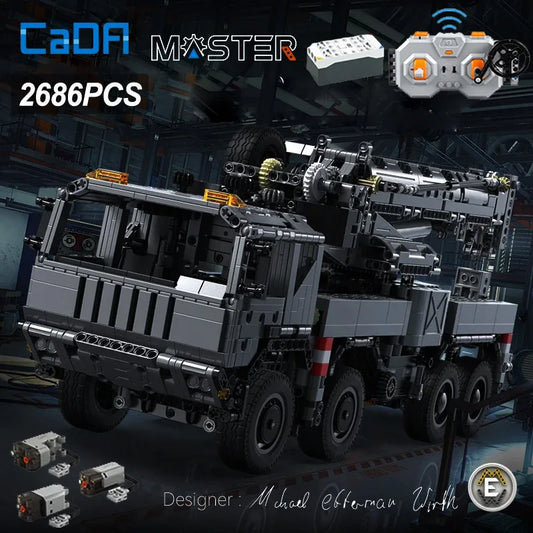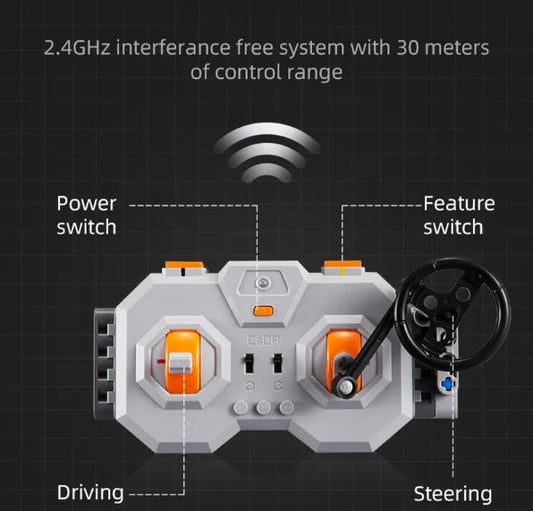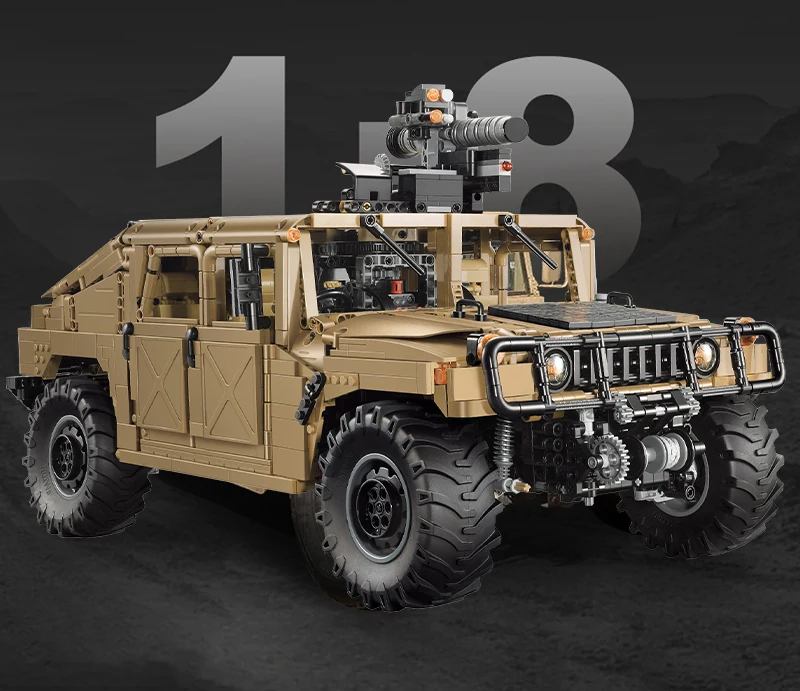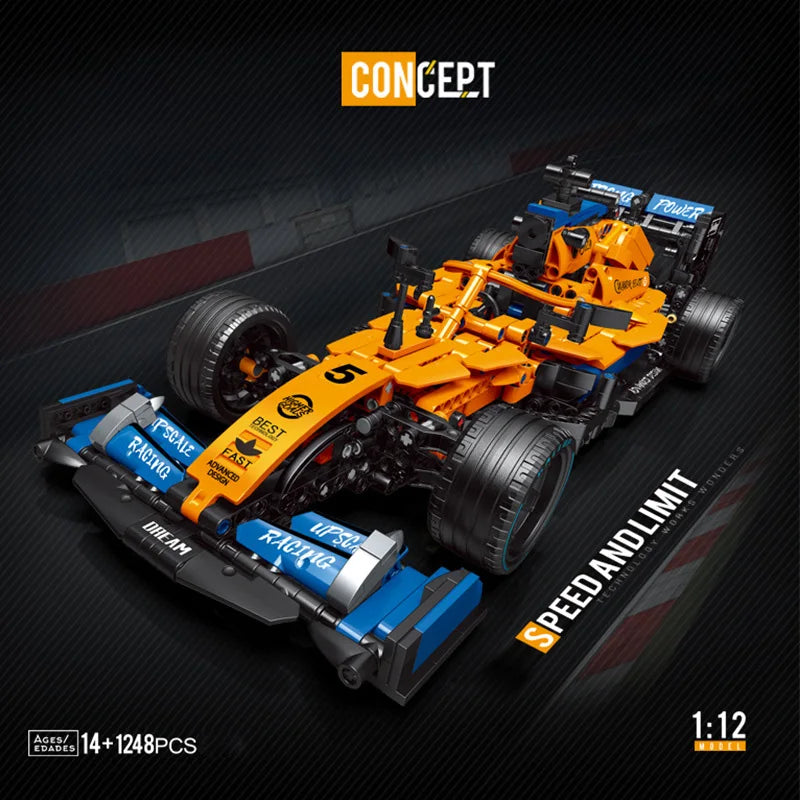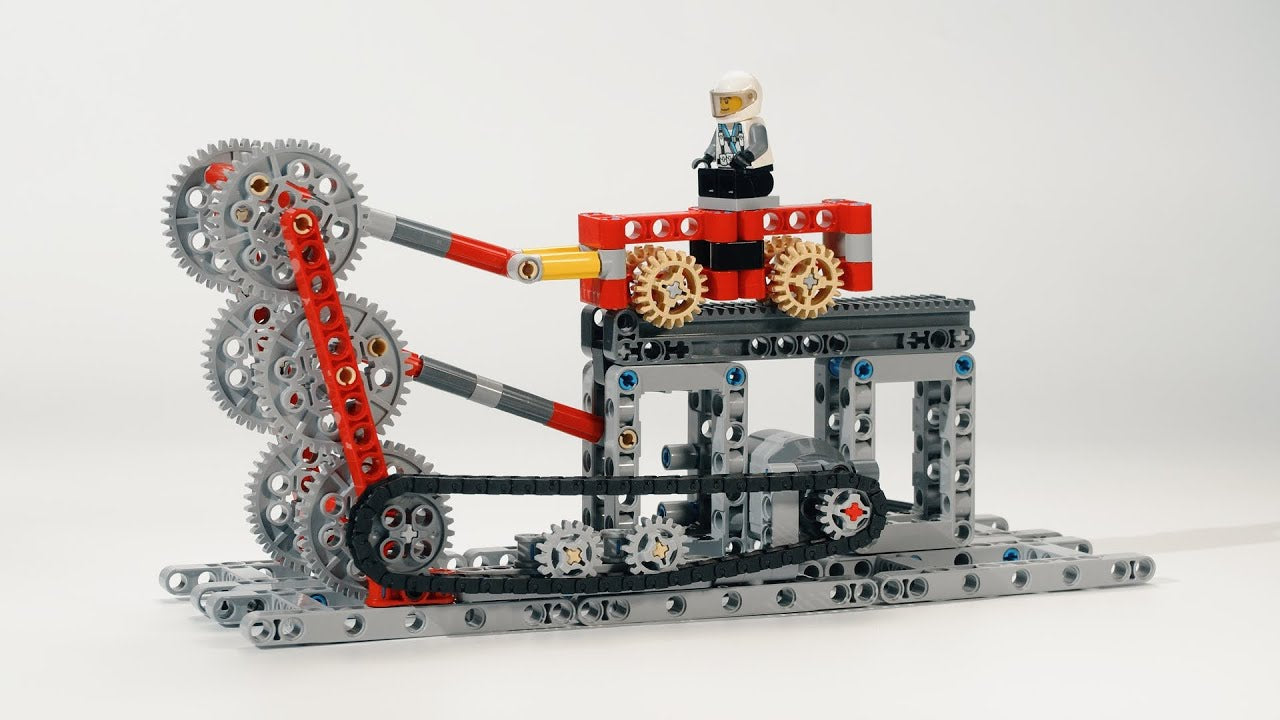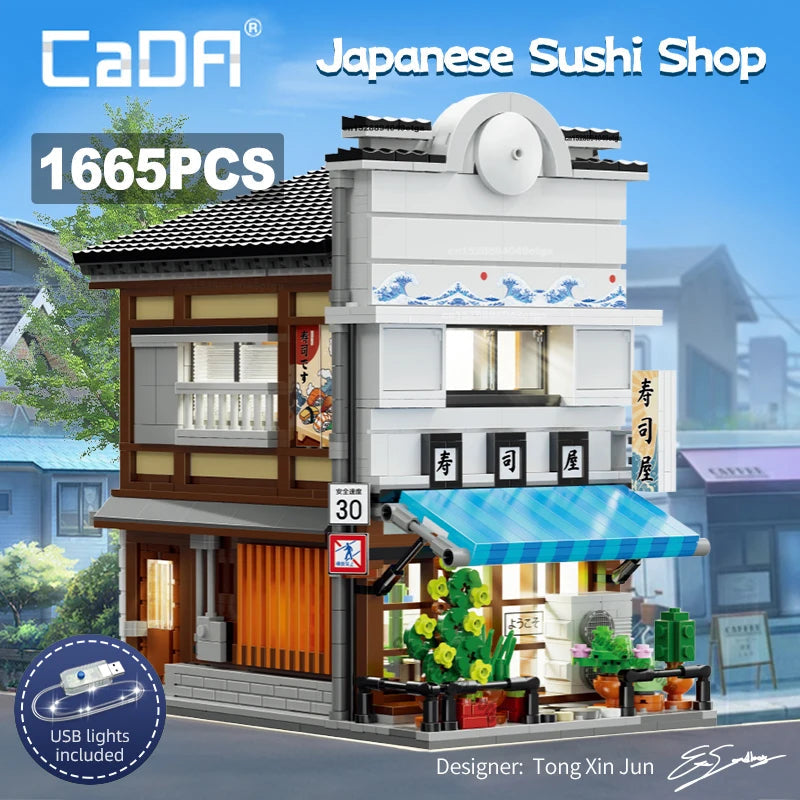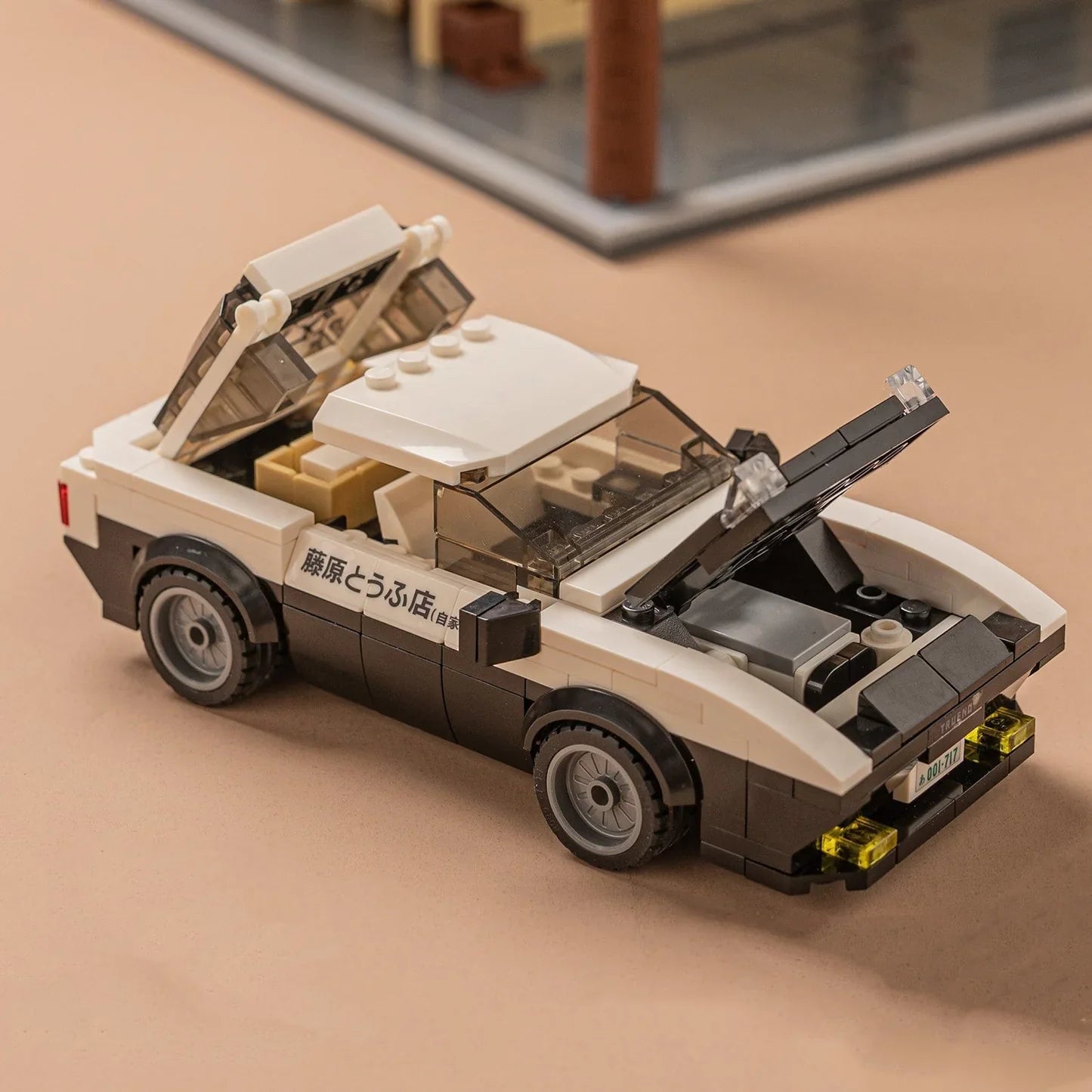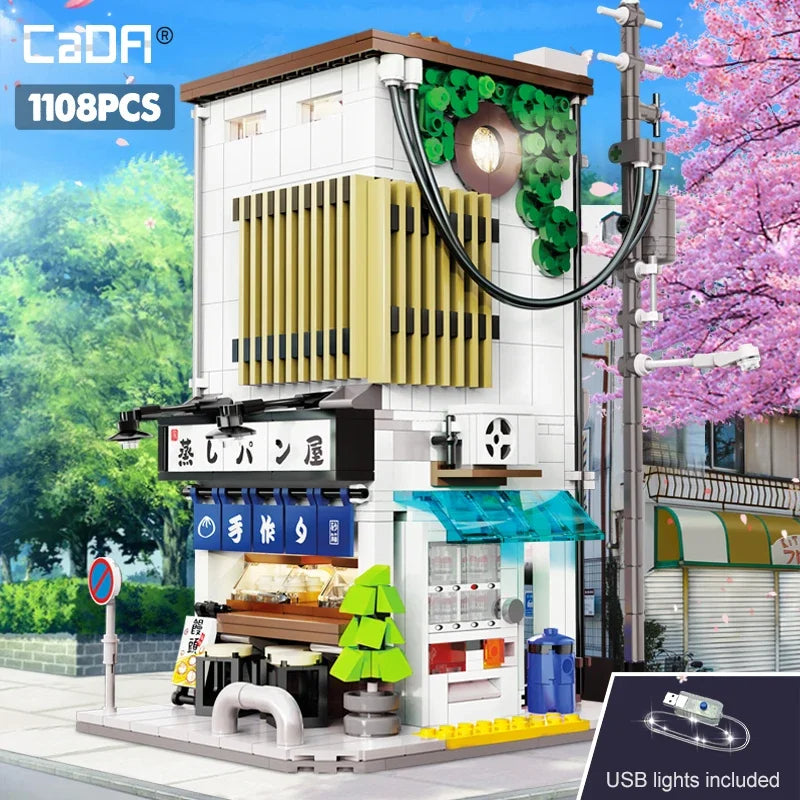How Much Is the First LEGO Set Worth 2025

Podíl
As a dedicated reporter with a deep love for LEGO history and the collecting community, I often hear the intriguing question: how much is the first LEGO set worth? The value of the earliest LEGO sets represents a fascinating crossroads between nostalgia, rarity, condition, and historical significance. LEGO has evolved from a humble Danish carpenter’s wooden toys to a global icon of creativity and precision, and original sets from the company’s earliest plastic era have become priceless treasures for collectors worldwide.
In this comprehensive, authoritative article, I will unravel the story behind LEGO’s very first sets, identify which ones collectors prize most, and analyze their current market value. Drawing on verified auction data, expert appraisals, historical context, and collector insights, this guide offers a fact-checked and richly detailed exploration of the value of the first LEGO sets. Whether you’re a serious investor, a casual enthusiast curious about early LEGO, or a historian fascinated by toy evolution, this article delivers deep value and clarity on the worth of LEGO’s starting points.
CADA BRICKS® Best Sellers - SHOP NOW
The Origins of the First LEGO Set
The Automatic Binding Bricks of 1949
The story begins with LEGO’s Automatic Binding Bricks, launched in 1949, marking LEGO’s first plastic construction toy set and a forerunner to the modern LEGO brick. These early bricks were inspired by British Kiddicraft bricks but redesigned significantly by Ole Kirk Christiansen and his son Godtfred to include their innovative hollow tube underside, patented in 1958 to improve clutch power.
- These original bricks were 2x2 and 2x4 slotted designs, without the LEGO logo anywhere on the brick.
- Sold initially only in Denmark, the sets featured simple building blocks and some window and door elements.
- The earliest known commercial sets carried no official set numbers but were progenitors of the LEGO System launched in 1955.
CADA BRICKS® Supercars - SHOP NOW
CADA BRICKS® Best Sellers | CADA BRICKS® Supercars & Racing Cars | CADA BRICKS® Trucks & Construction | CADA BRICKS® Military & Weapons | CADA BRICKS® Initial D
The First Numbered LEGO Set: System 236 Garage with Automatic Door (1956)
The first official LEGO set with a set number is generally credited as the LEGO System 236 Garage with Automatic Door from 1956, the very first introduced under the System in Play product line.
- This set included a base plate, bricks, and an innovative spring-loaded garage door.
- It was revolutionary as it combined interlocking bricks with mechanical play.
- The rarity and intact condition of this set make it exceptionally valuable, especially in complete form and with original instructions.
What Makes the First LEGO Sets Valuable?
Rarity and Historical Significance
The true value lies in how scarce and historically pivotal these early sets are. Unlike mass-produced modern LEGO sets numbering in the thousands or millions, the first sets were made in limited quantities, often in small local markets.
- The 1949 Automatic Binding Bricks are extremely rare as intact sets.
- Very few complete boxes or instruction booklets survive, increasing collectibility.
- These first sets mark a technological leap from wooden toys to injection-molded plastic bricks.
Condition: Complete Sets Are Worth More
Collectors place tremendous weight on condition:
- Complete sets with original bricks, instructions, and packaging fetch the highest prices.
- Settled dust, yellowed plastic or missing pieces reduce value.
- Authenticity proof such as box art and patents adds provenance.
Licensed Themes vs. Classic Sets
The earliest LEGO sets predated licensed themes and thus hold value for their foundational role rather than pop culture association. This purity makes them especially prized for serious LEGO historians and vintage toy collectors.
CADA BRICKS® City Landmarks - SHOP NOW
CADA BRICKS® Licensed Cars | CADA BRICKS® Classic Cars | CADA BRICKS® Motorcycles & Bikes | CADA BRICKS® Off-Road & 4x4 | CADA BRICKS® Emergency Vehicles
How Much Is the First LEGO Set Worth Today?
Market Examples and Auction Prices
Due to their extreme rarity, first LEGO sets from 1949 and mid-1950s can sell for tens of thousands USD, sometimes over $50,000 or more in exceptional cases.
- A complete original 1956 System 236 Garage set with box and instructions can fetch prices between $20,000 to $60,000 depending on condition.
- Disassembled or incomplete bricks from early sets can still command several hundred to a few thousand dollars.
- Sets from the 1950s to early 1960s marked important milestones and typically range from $1,000 to $10,000 each if complete and well preserved.
Why the Wide Price Range?
- Provenance and documentation can elevate prices significantly.
- Market demand among LEGO collectors varies worldwide, influencing bids.
- Public auctions often see spikes in value amid bidding wars for rare LEGO history pieces.
Collectors’ Insights and Trends
- The vintage LEGO collecting community continues to grow, supporting prices for first sets.
- High-profile sales and museum exhibits have cemented the cultural status of early LEGO.
- Condition and completeness remain the most decisive factors for value.
CADA BRICKS® Technic Sets - SHOP NOW
CADA BRICKS® Japanese Street | CADA BRICKS® City & Landmark | CADA BRICKS® Science & Educational | CADA BRICKS® Technic | CADA BRICKS® Modern Architecture
Tips for Identifying and Valuing Early LEGO Sets
Look for Distinctive Features
- Early bricks have no embossed LEGO logo—the logo was introduced only in 1953—with older pieces marked differently or unmarked.
- Automatic Binding Bricks have external slots and differ from today’s clutch-tube underside design.
- Check for early window and door elements matching 1949 designs.
Seek Expert Appraisals
- Vintage toy experts and specialized LEGO appraisers can authenticate and evaluate condition.
- Online communities such as BrickLink, BrickEconomy, and collector forums offer guidance.
Verify Completeness and Authenticity
- Original instructions, box art, and sacrificial pieces or spares increase value.
- Beware of reproductions or custom builds falsely presented as originals.
CADA BRICKS® Display & Collectibles - SHOP NOW
CADA BRICKS® Castle Building Blocks | CADA BRICKS® City Building | CADA BRICKS® Remote Control | CADA BRICKS® Display & Collectibles | CADA BRICKS® Anime & Pop Culture
The Legacy and Cultural Impact of the First LEGO Sets
The first LEGO sets are more than toys—they are artifacts documenting the birth of one of the world’s most beloved creative systems. Their worth blends financial valuation with this cultural narrative.
- Early sets have influenced millions of builders worldwide.
- LEGO’s journey from the 1949 bricks to multi-billion dollar entertainment brand is embodied in these original sets.
- Museums and collectors alike honor these sets as milestones in toy history.
CADA BRICKS® Remote Control Sets - SHOP NOW
CADA BRICKS® Mechanical Engineering Building Blocks | CADA BRICKS® Kids Building Blocks | CADA BRICKS® Teens Building Blocks | CADA BRICKS® Adult Building Blocks
Conclusion: The True Worth of the First LEGO Set
The first LEGO sets, particularly the 1949 Automatic Binding Bricks and the 1956 System 236 Garage with Automatic Door, are extraordinarily valuable pieces of toy history. Their worth often reaches tens of thousands of dollars, reflecting rarity, condition, and cultural significance. Collectors seeking these seminal items face challenges sourcing complete, authentic sets but are rewarded with owning iconic symbols of LEGO’s innovative spirit.
With condition and provenance guiding value, the first LEGO sets represent both cherished nostalgia and smart investments for discerning enthusiasts. As the LEGO market evolves, early sets remain timeless treasures, immortalizing the company’s vision of “play well” and inspiring generations of builders.
This fact-checked, authoritative article synthesizes auction data, historical research, and expert opinions to offer a definitive guide on how much the first LEGO set is worth today—equipping collectors and fans with deep, accurate knowledge









